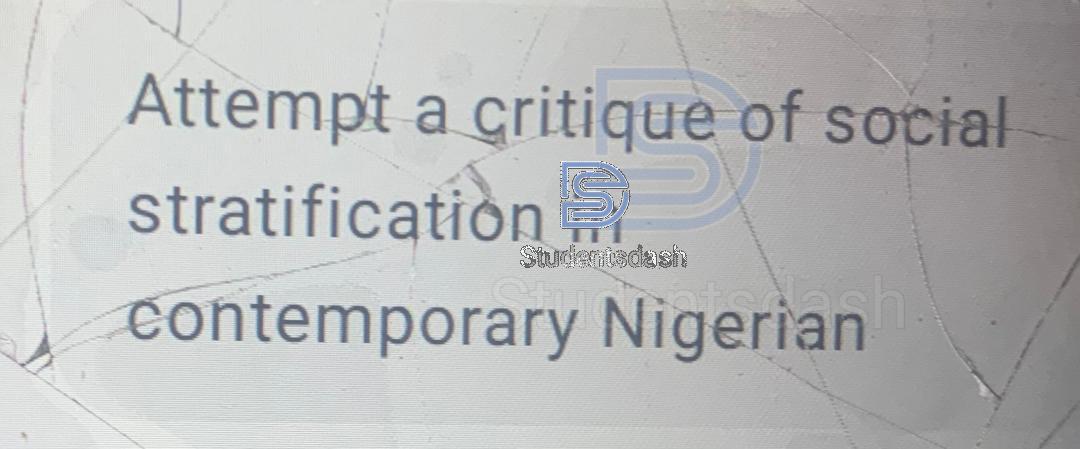Man 311
Discuss the human capital theory in relation to sustainable competitive advantage.
Introduction
Human capital theory posits that the knowledge, skills, abilities, and experiences of employees are valuable assets akin to physical capital that contribute significantly to organizational performance. In today’s knowledge-driven economy, investing in human capital is not only about improving productivity; it is also about creating a foundation for a sustainable competitive advantage. This discussion unpacks how human capital, when managed effectively, can lead to long-term strategic benefits that are difficult for competitors to replicate.
Understanding Human Capital Theory
Core Concepts:
• Definition: Human capital refers to the economic value of an employee’s skills, knowledge, experience, and attributes. It is recognized as an intangible asset that plays a critical role in the creation of value within an organization.
• Economic Perspective: Rooted in the work of economists like Gary Becker, the theory argues that investments in education, training, and health enhance an individual’s productivity, which in turn contributes to the broader economic performance of an organization.
• Development and Retention: Beyond mere acquisition of skills, the theory emphasizes continuous learning and employee development as crucial factors. Effective management practices that nurture and retain human talent can transform a workforce into a dynamic and adaptive resource.
Defining Sustainable Competitive Advantage
Key Characteristics:
• Resource-Based View: Sustainable competitive advantage arises when an organization possesses resources that are valuable, rare, difficult to imitate, and non-substitutable. These resources enable the company to outperform its competitors consistently.
• Long-Term Edge: Unlike temporary advantages that might dissipate quickly, sustainable competitive advantage is about creating a durable, long-lasting edge through strategic initiatives, continuous innovation, and resilient operational practices.
• Dynamic Capabilities: Firms that can adapt to changing market conditions while leveraging their internal strengths (such as unique human capital) are more likely to sustain their competitive advantage over time.
Linking Human Capital to Sustainable Competitive Advantage
Unique and Inimitable Resource:
• Intangible Nature: Human capital is inherently unique to each organization. The combination of skills, experiences, and cultural values embedded in a team cannot be easily replicated by competitors.
• Innovation Driver: Skilled and knowledgeable employees drive innovation. Continuous learning and creative problem-solving allow firms to develop new products, optimize processes, and respond effectively to market changes.
• Organizational Culture: A strong, supportive culture that values human capital investment can further reinforce a firm’s competitive advantage. Employees who are engaged and aligned with the company’s vision tend to contribute more effectively to its success.
Strategic HR Management:
• Talent Acquisition and Development: By strategically recruiting top talent and investing in their development, organizations build a workforce that can adapt and innovate. This not only improves immediate operational performance but also positions the firm for future challenges.
• Knowledge Sharing and Collaboration: A culture that promotes collaboration and continuous improvement ensures that the collective knowledge of the organization is leveraged to create value. This shared human capital can become a cornerstone of sustainable competitive advantage.
• Retention as a Strategic Asset: Retaining skilled employees is crucial. High turnover rates can erode the advantages of human capital investments, while long-term retention helps preserve institutional knowledge and maintain competitive momentum.
Practical Examples:
• Tech Industry: Companies like Google and Apple invest heavily in their employees’ skills and create cultures of innovation. These investments result in breakthrough products and services that sustain their market leadership.
• Professional Services: Firms that emphasize continuous professional development and maintain robust mentorship programs often experience higher productivity and client satisfaction, which translates into a competitive edge in the market.
Challenges and Considerations
• Measurement Difficulties: Unlike tangible assets, human capital is challenging to quantify. Developing metrics to assess the return on investment in employee development remains a complex issue.
• Retention Risks: The benefits of human capital investments can be quickly lost if competitors lure away key talent. Therefore, creating an environment that fosters loyalty and continuous growth is essential.
• Alignment with Organizational Goals: The success of human capital initiatives depends on their alignment with broader organizational strategies. Without a clear connection to business objectives, these investments might not translate into a competitive advantage.
Conclusion
Human capital theory underscores the value of investing in people to drive organizational success. When integrated with a strategic focus on sustainable competitive advantage, human capital becomes a dynamic resource that is both unique and difficult for competitors to duplicate. By fostering continuous learning, nurturing innovation, and aligning employee development with organizational goals, firms can secure a long-term competitive edge in an increasingly knowledge-centric marketplace.

